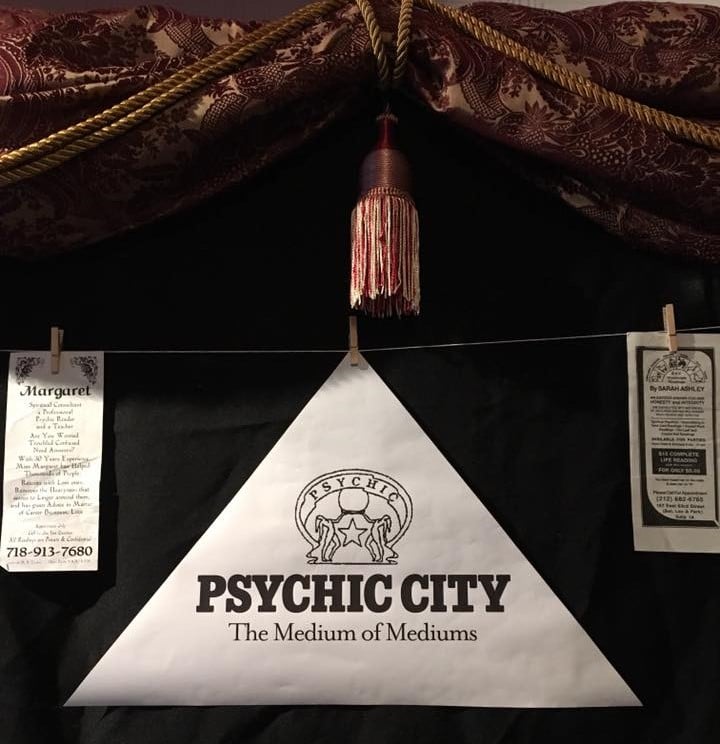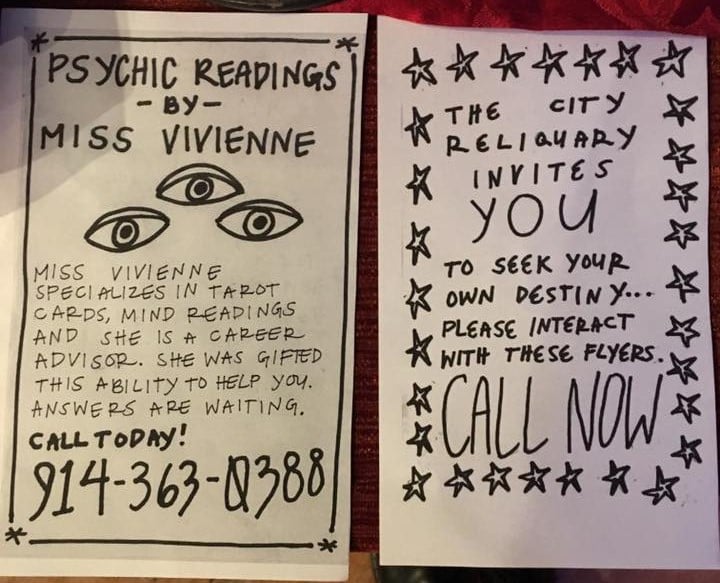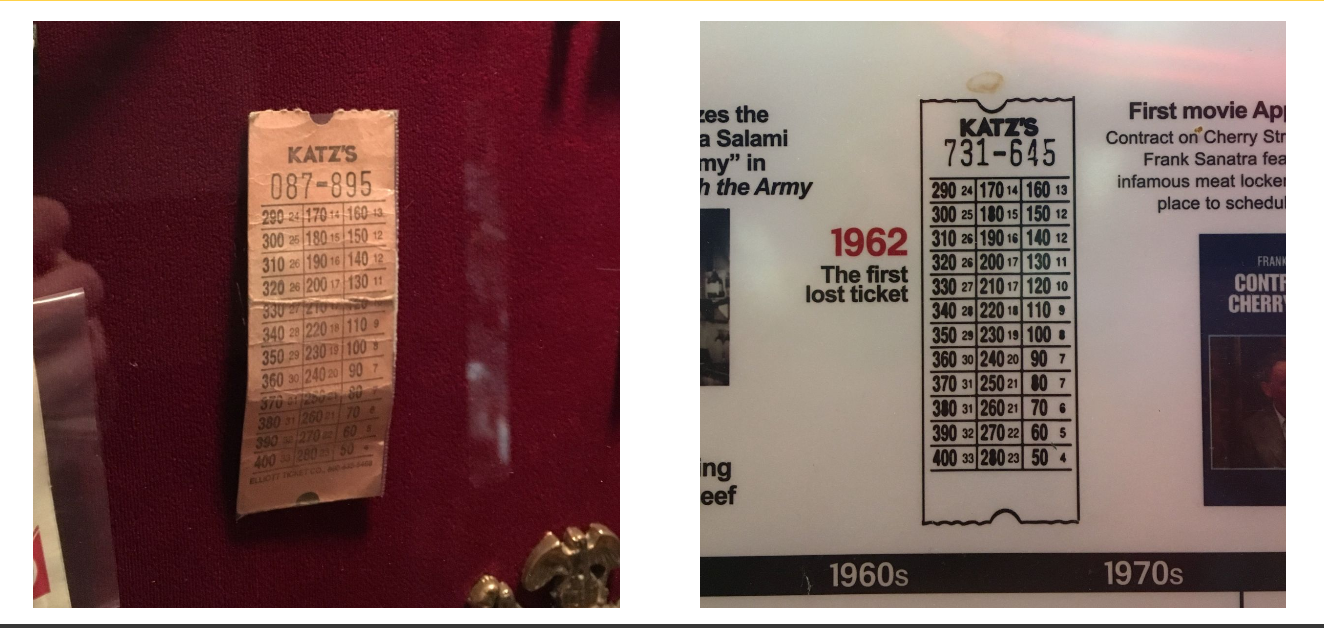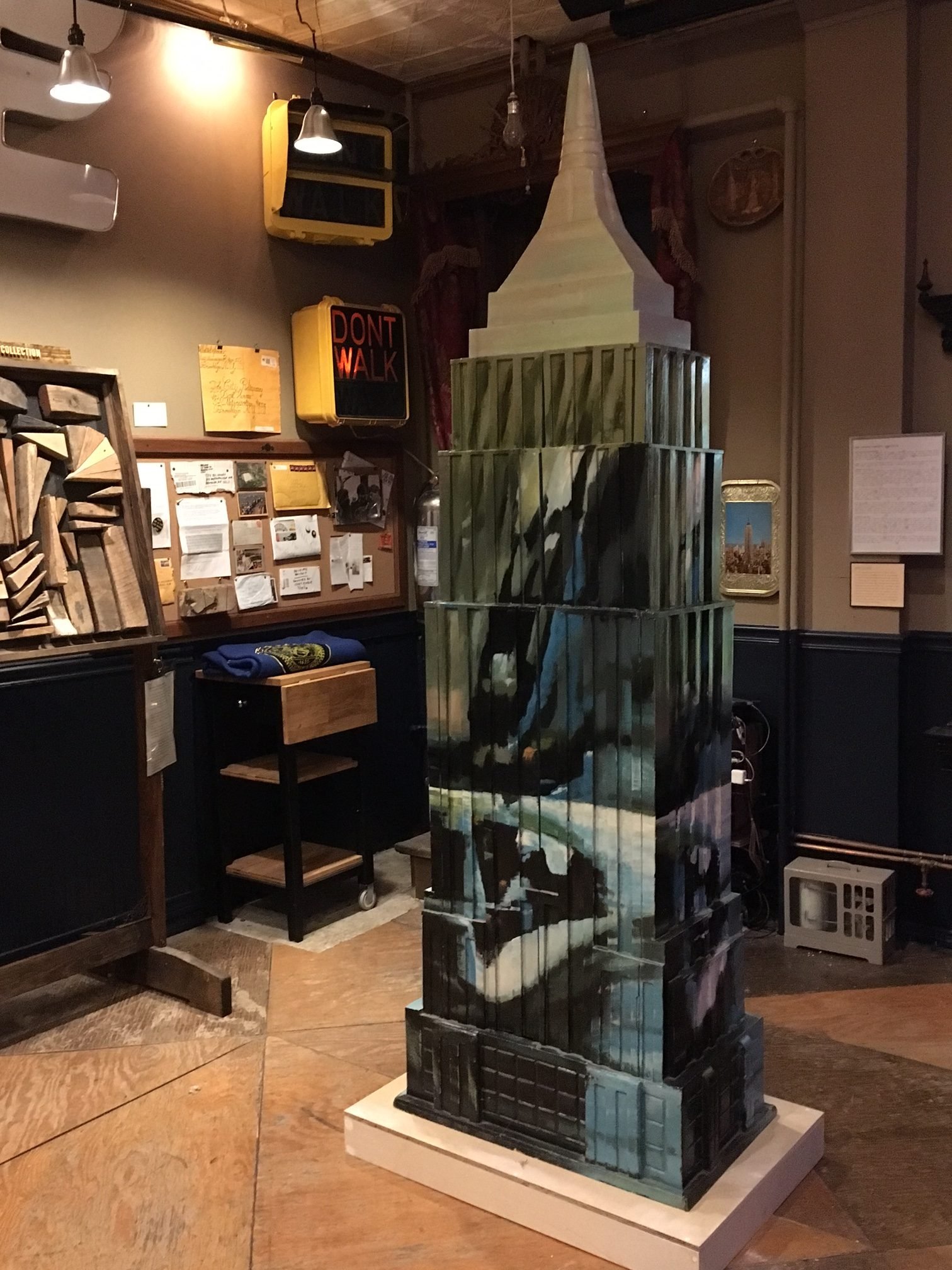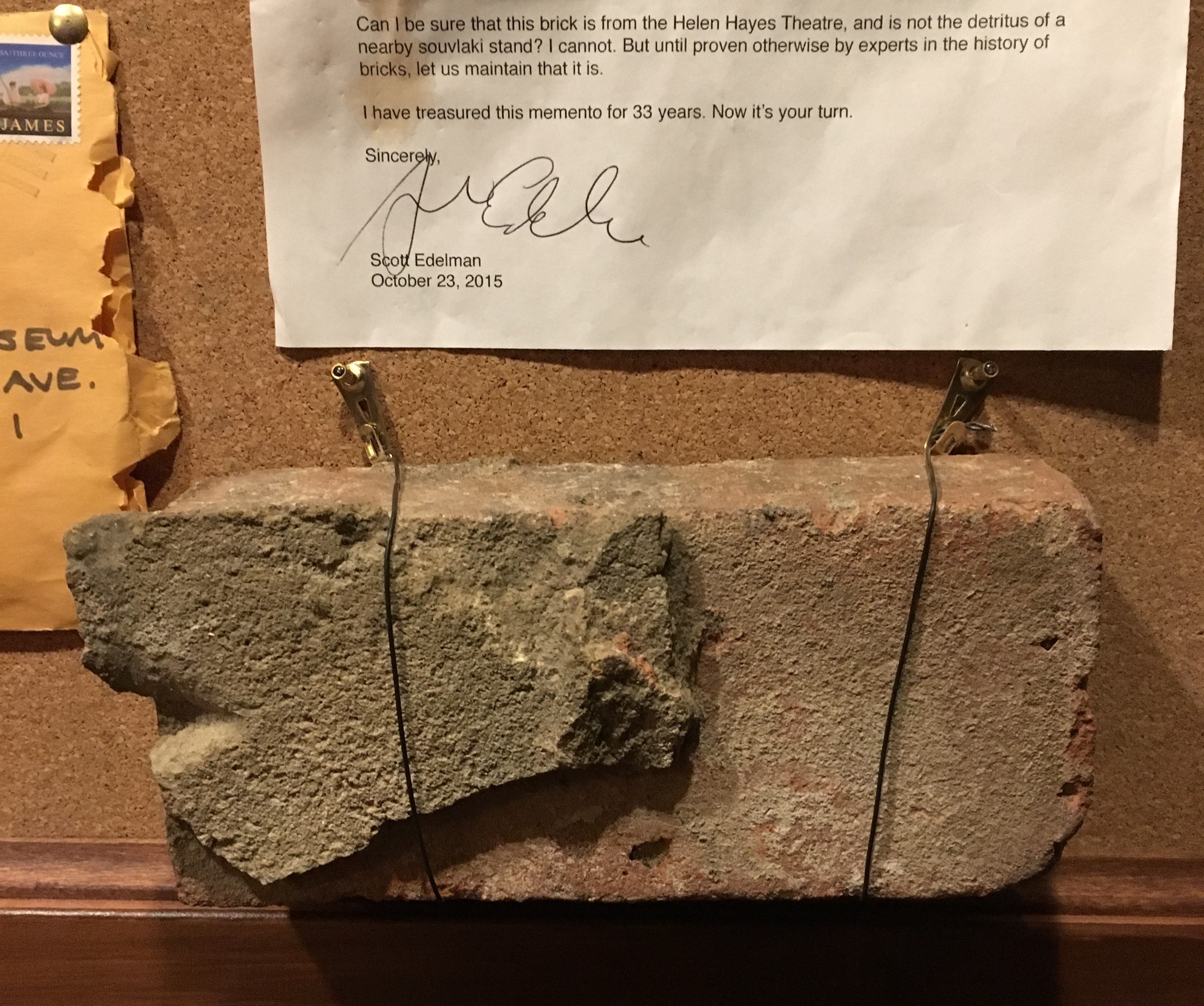
Opening Reception Friday, November 15 from 6-8 pm
On view in the front window of the City Reliquary Museum through January 2020
The City Reliquary Museum proudly presents a new window exhibit, Chocolate Milk! A photo documentary series by Mo Pepin, this display follows the extraordinary perseverance of a small carton of chocolate milk on the top of a phone booth on 1st Avenue and 21st Street.
Mo first spotted the carton on March 8, 2017 on her commute and kept an eye on it in the following weeks, watching it expand in the heat and then slowly shrink. Four months later, the carton remained untouched on the phone booth, and from this point Mo kept a closer eye on this marvel, photographing it about once a month. Through snow, rain, 45-mph winds, and other vagaries of the NYC streets, the chocolate milk carton remained atop the phone booth for 405 days, through April 2018.
Chocolate Milk is a story of endurance and decay, emblematic of the persistence necessary to survive in the city on a day-to-day basis and also of the lapses in our infrastructure that feed growing inequality. It is an example of an everyday object becoming iconic, an ephemeral item gaining unexpected permanence. We are the chocolate milk carton, yet we also call for the elimination of the conditions that allow the chocolate milk cartons to exist.







